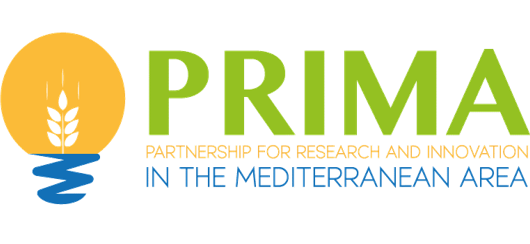Standard single and basal crop coefficients for vegetable crops, an update of FAO56 crop water requirements approach
Abstract
Many research papers on crop water requirements of vegetables have been produced since the publication of the FAO56 guidelines in 1998. A review of this literature has shown that determination of crop evapotranspiration (ETc) using the Kc-ETo approach, i.e., the product of the specific crop coefficient (Kc) by the reference evapotranspiration (ETo), is the most widely-used method for irrigation water management. Consequently, a review was made to provide updated information on the Kc values for these crops. The reviewed research provided various approaches to determine Kc in its single and dual versions. With this purpose, actual crop ET (ETc act) was determined with lysimeters, or by performing the soil water balance using measured soil water content and computational models, or by using Bowen ratio energy balance and eddy covariance measurements, or by using remote sensing applications. When determining the basal Kc (Kcb), the partitioning of ETc act was evaluated using different approaches, though mainly using the FAO56 dual Kc method. Since the accuracy of experimentally-determined Kc and Kcb values depends upon the procedure used to compute ETo, as well as accuracy in determining and partitioning of ETc act, the adequacy of the measurement requirements for each approach was carefully reviewed. The article discusses in detail the conceptual methodology relative to crop coefficients and the requirements for transferability, namely distinguishing between actual and standard Kc and the need to appropriately use the FAO segmented Kc curve. Hence, the research papers selected to update and consolidate mid-season and end-season standard Kc and Kcb were those that computed ETo with the FAO56 PM-ETo equation; and that also used accurate approaches to determine and partition ETc act for pristine, non-stressed cropping conditions. Under these experimental conditions, the reported Kc and Kcb values relative to the mid- and end-season could be considered as transferable standard Kc and/or Kcb values after adjustment to the standard climate adopted in FAO56, where average RHmin = 45% and average u2=2 m s−1 over the mid-season and late season growth stages. For each vegetable crop, these standard values were then compared with the FAO56 tabulated Kc and Kcb values to define the updated values tabulated in the current article. In addition, reported ancillary data, such as maximum root zone depth, maximum crop height, and soil water depletion fraction for no water stress, were also collected from selected papers and tabulated in comparison with those given for the crops in FAO56. The presentation of updated crop coefficient results is performed by grouping the vegetables differently than in FAO56, where distinction is made according to their edible parts: (1) roots, tubers, bulbs and stem vegetables; (2) leaves and flowers vegetables; (3) fruit and pod vegetables; and (4) herbs, spices and special crops, with most of them being newly introduced herein. The updated Kc and Kcb of vegetable crops based on this review are generally coincident with those in FAO56, although slightly lower for several crops. Close agreement of selected paper values with FAO56 values provides good evidence of their quality and also confirms the reliability of the original FAO56 tabulated values. It is noteworthy that many papers surveyed from the past 20 years did not satisfy the adopted Kc requirements in terms of ETo computation method nor provide solid evidence of measurement accuracy for ETc act. It is recommended that future Kc research of vegetables should sufficiently address these issues with objectives broadened to provide more transferable data to other regions. Also, new data on vegetable Kc and Kcb values should be carefully scrutinized in the context of these results and those provided in FAO56.
Link to the article : Click here

